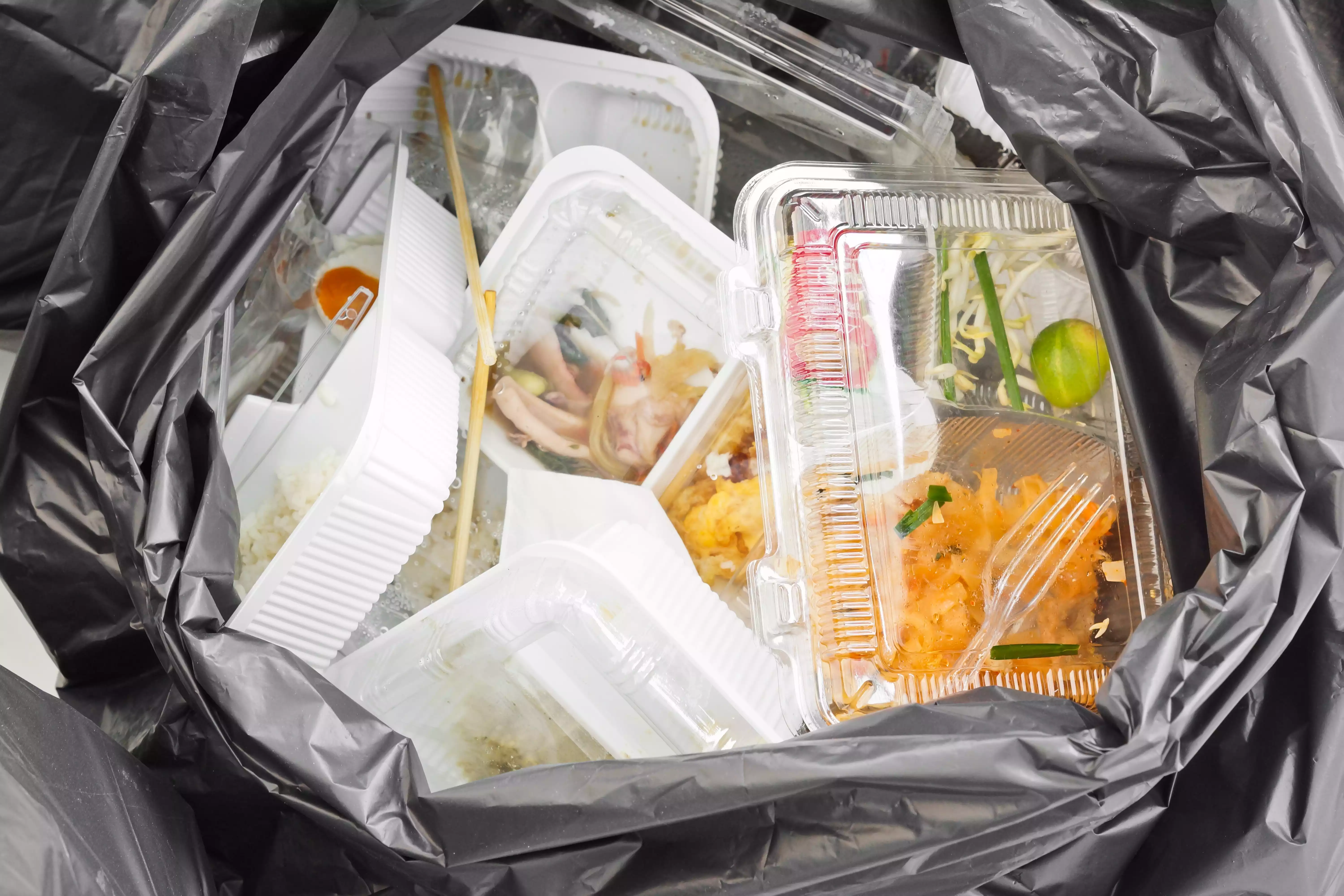Oct 18, 2024
Introduction
In recent years, food delivery apps like Uber Eats, DoorDash, and Grubhub have revolutionized the way we enjoy meals. With just a few taps on a smartphone, a hot meal can arrive at your doorstep within minutes. While this convenience is unparalleled, it comes with a hidden cost: significant environmental waste and pollution.
According to a report by Statista, the food delivery market is projected to reach $320 billion by 2029. This explosive growth raises critical questions about the environmental sustainability of these services.
The Surge in Single-Use Packaging Waste
One of the most immediate environmental impacts of food delivery apps is the increase in single-use packaging waste. Meals delivered to your home often come in plastic containers, wrapped in plastic bags, with plastic utensils—all of which contribute to pollution.
A study published in Science Advances found that only 9% of all plastic waste ever produced has been recycled (Geyer et al., 2017). The rest ends up in landfills, oceans, and ecosystems, posing a threat to wildlife and human health.
Increased Carbon Emissions from Delivery Vehicles
The convenience of having food delivered increases the number of vehicles on the road. Most deliveries are made using cars or motorcycles, which contribute to greenhouse gas emissions.
The Environmental Protection Agency reports that transportation is responsible for approximately 29% of greenhouse gas emissions in the United States (EPA, 2020). The rise of on-demand delivery services exacerbates this issue by adding more short trips that are less efficient and more polluting.
The Issue of Food Waste
Food waste is another significant problem linked to delivery apps. Miscommunications, order errors, and the inability to customize orders as precisely as in person can lead to unwanted food that gets thrown away.
The Food and Agriculture Organization of the United Nations states that approximately one-third of all food produced globally is wasted (FAO, 2011). While not all of this can be attributed to delivery services, the convenience factor can lead to over-ordering and increased waste.
Lack of Sustainable Practices in Delivery Apps
Despite their massive user bases, many delivery apps lack robust sustainability initiatives. Few offer options for eco-friendly packaging or carbon-neutral delivery. This gap highlights a missed opportunity for these companies to lead in environmental responsibility.
For instance, while some apps have started pilot programs for bicycle deliveries or electric vehicles, these are not widespread. A report by Greenpeace emphasizes the need for corporate responsibility in reducing single-use plastics and promoting sustainable practices (Greenpeace, 2019).
Consumer Behavior and Environmental Awareness
Consumer demand for rapid delivery often puts pressure on restaurants and drivers to prioritize speed over sustainability. The expectation for quick service can discourage the adoption of environmentally friendly practices that might take more time or cost more.
A survey conducted by Nielsen found that 66% of consumers are willing to pay more for sustainable brands (Nielsen, 2015). This indicates a disconnect between consumer values and behaviors, suggesting that increased awareness could drive demand for greener delivery options.
Host: Rekindling the In-Person Dining Experience
As concerns about environmental waste grow, platforms like Host are emerging as viable solutions. Host focuses on rekindling the in-person dining experience, encouraging people to visit restaurants rather than ordering in. By promoting dine-in experiences, Host helps reduce the reliance on single-use packaging and lowers carbon emissions associated with delivery vehicles.
Reducing Waste
When dining in, the need for disposable containers, plastic utensils, and excessive packaging is eliminated. Restaurants use reusable plates, silverware, and glasses, significantly cutting down on the waste generated. According to the Environmental Research and Education Foundation, dine-in meals can reduce packaging waste by up to 65% compared to takeout (EREF, 2018).
Economical Benefits
Host not only offers environmental advantages but also economic ones. By eliminating delivery fees and service charges associated with apps like Uber Eats and DoorDash, consumers can enjoy their meals at lower costs. Restaurants also benefit from higher profit margins on in-person dining compared to delivery orders, which often involve commission fees to third-party apps.
Enhancing Community Connections
Rekindling the in-person dining experience fosters a sense of community and supports local businesses. It encourages social interactions and can improve mental well-being—a benefit that extends beyond environmental concerns.
Conclusion
The rise of food delivery apps has undeniably transformed our dining habits, offering unparalleled convenience. However, this comes with significant environmental costs, including increased packaging waste, higher carbon emissions, and food waste.
Platforms like Host present a sustainable alternative by promoting in-person dining, which reduces waste and is more economical for both consumers and businesses. Addressing these issues requires a collective effort from delivery companies, restaurants, and consumers. By adopting sustainable practices, supporting eco-friendly initiatives, and making conscious choices, we can enjoy the benefits of dining without compromising our planet's healt






